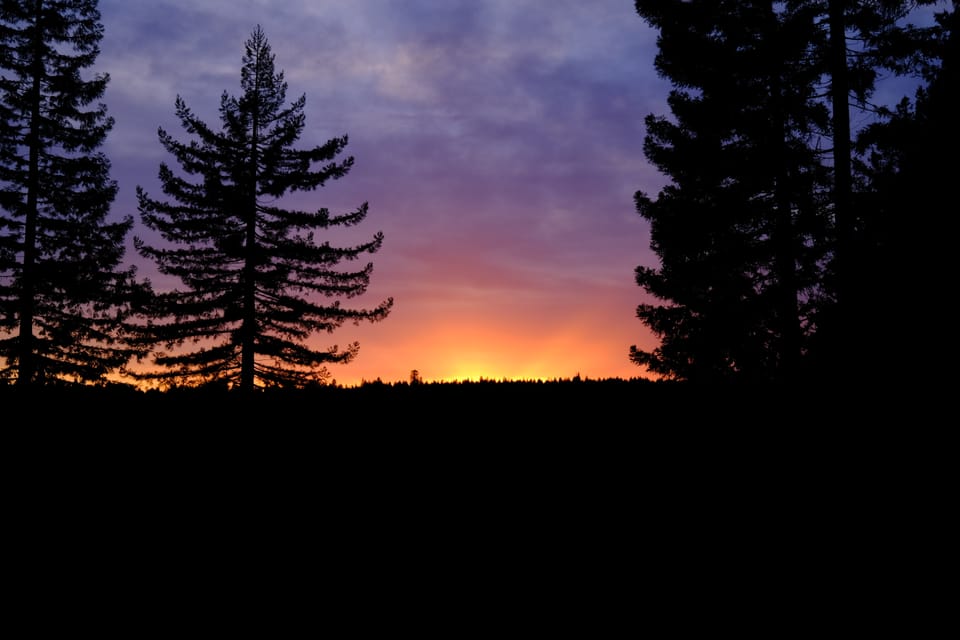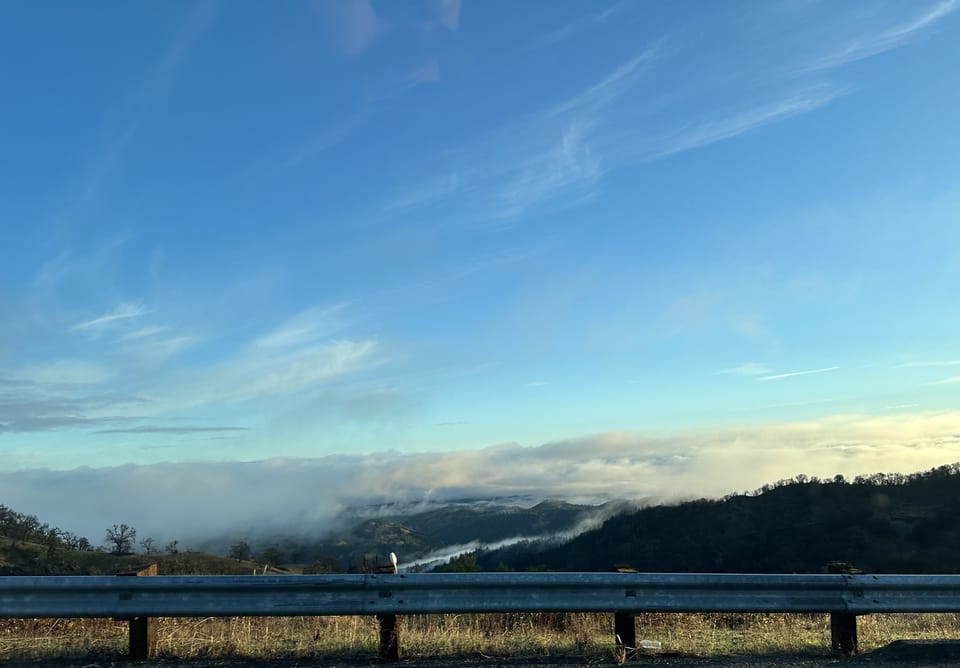You’ll want to stay until the end of this one
In which we cover the globe, celebrate Pi, and watch some luggage.

Let’s start on the other side of the country
Nor’easters, we covered them a bit before, but here’s some more info.
A Nor'easter is developing along the Northeast Coast.
— NOAA (@NOAA) 5:21 PM ∙ Mar 14, 2023
What is a Nor'easter, exactly? Find out more about these powerful storms:
weather.gov/safety/winter-…
@NWS @NOAASatellites
And here’s some coverage on a recent one.
A powerhouse Nor’easter, complete with coastal flood concerns, strong winds and heavy inland snow, is expected through Wednesday. MyRadar meteorologist @MatthewCappucci has an update.
— MyRadar Weather (@MyRadarWX) 8:30 PM ∙ Mar 13, 2023
youtu.be/HdREXbMP8J8
25OK without power and growing quickly as the wind gusts increase #Noreaster
— Bill Karins (@BillKarins) 2:52 PM ∙ Mar 14, 2023
Blockbuster snow totals are expected inland, with strong winds and mixed precipitation at the coast. MyRadar meteorologist @MatthewCappucci has an update.
— MyRadar Weather (@MyRadarWX) 6:49 PM ∙ Mar 14, 2023
youtu.be/UwFTbonazj0
I know it’s too soon
But we should probably keep an eye on it.
Another Winter Storm Expected to Impact California March 21-23 with Heavy Rain, Snow, Winds, and Potential Flooding
— NWS Climate Prediction Center (@NWSCPC) 8:06 PM ∙ Mar 13, 2023
cpc.ncep.noaa.gov/cpc_key_messag…
There’s a theme here
We’ve spoken a few times about the importance of hazard communication and how it’s difficult. So I found this paper super timely. If you don’t wanna read it, I understand. Read the Twitter thread for a quick overview or my notes below for an even shorter recap.
Really proud of this recent paper acceptance in #BulletinAMS! We found that while lots of info is important, priorities change as the event gets closer. Using survey data, we created a general info framework. Check out the EOR here: journals.ametsoc.org/view/journals/…
— Kenzie Krocak, PhD (@Kenziek56) 6:05 PM ∙ Mar 13, 2023
- The location and chance of an event were most important across all hazards at the farthest time before the event, meaning people want to know if they’re impacted before caring about things like severity.
- The information people want changes depending on how far they are from the event in time (days vs. minutes) for severe weather events.
- People exposed to fewer hazards generally want protective info more often than those with more experience.
Some of these things might seem obvious, but when you only have a few seconds or minutes to communicate this info, it’s important to give people the right info at the right time.
There’s a scale for that
I know we’ve heard all about atmospheric rivers but I don’t think I’ve mentioned there’s a scale for measuring them. I don’t think it’s officially adopted or used by the NWS, so we don’t hear about it a ton. And while we’re here, this was the most recent AR.
SATELLITE SPOTLIGHT: California was hit by another #AtmosphericRiver this weekend, as another one gets ready to come on shore this week. Water vapor imagery from @NOAA's #GOES18🛰️ shows the atmospheric river from March 10-13, with the deepest moisture appearing dark green. #CAwx
— NOAA Satellites - Public Affairs (@NOAASatellitePA) 5:19 PM ∙ Mar 13, 2023
Obligatory Pi Day posts
I suppose it is pretty important.
We're sharing #GOESEast Full Disk water vapor views for Pi Day, an annual worldwide celebration of the mathematical constant π. Pi Day is observed on March 14th since 3, 1, and 4 are the first three digits of π. Happy #PiDay!
— UW-Madison CIMSS (@UWCIMSS) 1:33 PM ∙ Mar 14, 2023
Not getting enough (mostly CA) weather info?
You can follow these people for even more!
My go to list for forecasting / storm coverage: @Weather_West @kcraFinan @ggweather @CW3E_Scripps @JeffRanieri @NBCVianeyArana @kentphotos @WestMarinFeed @NorthBayNews @geravitywave @hannah_hagemann @DustinMulvaney @WrightScribe @NativeSantaCruz @danncianca @NWSBayArea @NWSWPC… https://t.co/CmBrYdlhL9
— Rob Mayeda (@RobMayeda) 3:37 PM ∙ Mar 13, 2023
February Global Climate Report
We just had the U.S. report, now here’s the global one. There’s a decent amount of info in that report, but you can click the image below to get a quick rundown.
🌀 See a summary of global climate conditions and events in February 2023.
— NOAA NCEI (@NOAANCEI) 3:20 PM ∙ Mar 14, 2023
Five named tropical systems formed globally in February, with four reaching cyclone-strength.
bit.ly/Global202302 #StateOfClimate
El Niño updates
Our forecaster consensus does reflect the increased chance of El Niño, with chances around 60% by the fall. However, the spring predictability barrier, together with the still somewhat-La Niña-ish atmosphere and the lack of strong physical signs such as a large amount of warmer-than-average subsurface water in the tropical Pacific, mean we’re not yet hoisting an El Niño Watch.
Adiós La Niña! After a year and half of La Niña, the Pacific Ocean has shifted into ENSO-Neutral conditions. Find out what that means as well as the ENSO forecast through next fall at our ENSO Blog. (Psst: there is an increased chance of El Niño by fall.)
— NOAA Climate.gov (@NOAAClimate) 2:00 PM ∙ Mar 14, 2023
climate.gov/news-features/…
See you next time weather fam
It’s so windy at SFO today, nobody wants to take off, except this bag… #outtahere #byebyebaggy #AtmosphericRiver #BayArea
— Declan (@declanweir) 7:48 PM ∙ Mar 14, 2023
Weather Feed is a reader-supported publication. To receive new posts and support my work, consider becoming a free or paid subscriber.



